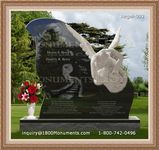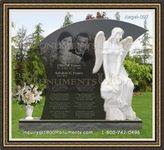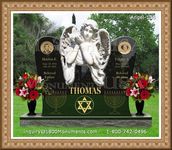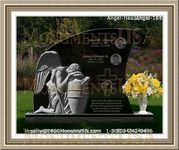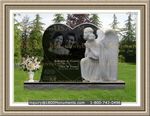|
Facts To Notice When Selecting Funeral Flags
The passing of a loved ones brings many small details that will need attending. One such situation is getting all mourners from the funerary service location to the place where the body will be interred. Certain protocols are in place to assist with this, including the use of specially designed funeral flags.
The parade of mourners following the remains of an individual from the location of services to the site of interment is known as a procession. In some cultures it consists of people walking and carrying the body to its final resting place, though more commonly it is a line of vehicles. The chain is led by the hearse with the deceased inside.
As the one being honored, the deceased is placed in the hearse, which takes the front position. The next place is held by the cars, frequently limousines, that carry the parents, spouse, significant other or children of the departed one. Immediate family will follow the limos and all others mourners will fall in behind them.
Police escorts are often sent to assist the group on their journey and ensure that other drivers do not interrupt the line of mourners. Instead of or in addition to official assistance, the hosting Home may supply banners to each vehicle that identifies their purpose. There are many different styles of these products.
Many services utilize banners that wrap across the hood of the vehicle like a large ribbon. Still others opt to use a version that has the pennant attached to a plastic staff that is held up by the car door window. Yet another option are those mounted on a magnetic base that adheres securely to most any metal or vinyl automobile top.
Generally speaking, these products are about twelve inches high and use staffs that are flexible to bend, rather than break when stressed. The banners attached to them are usually 6" x 9" and starched for easy viewing. They come in multiple colors, including purple, orange and white, and feature a contrasted cross in the center.
|
|























